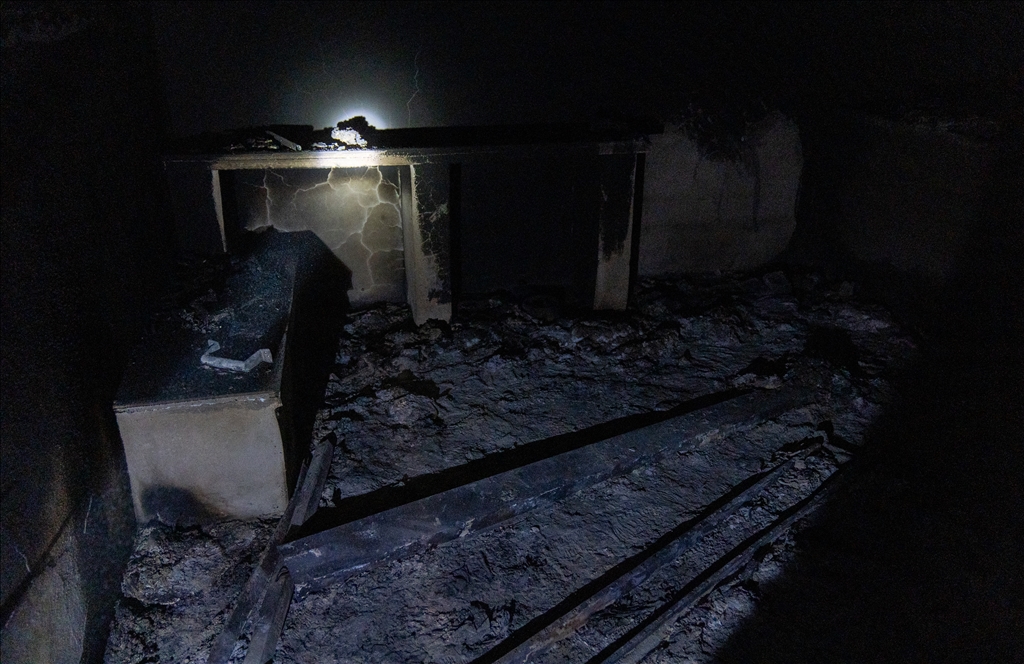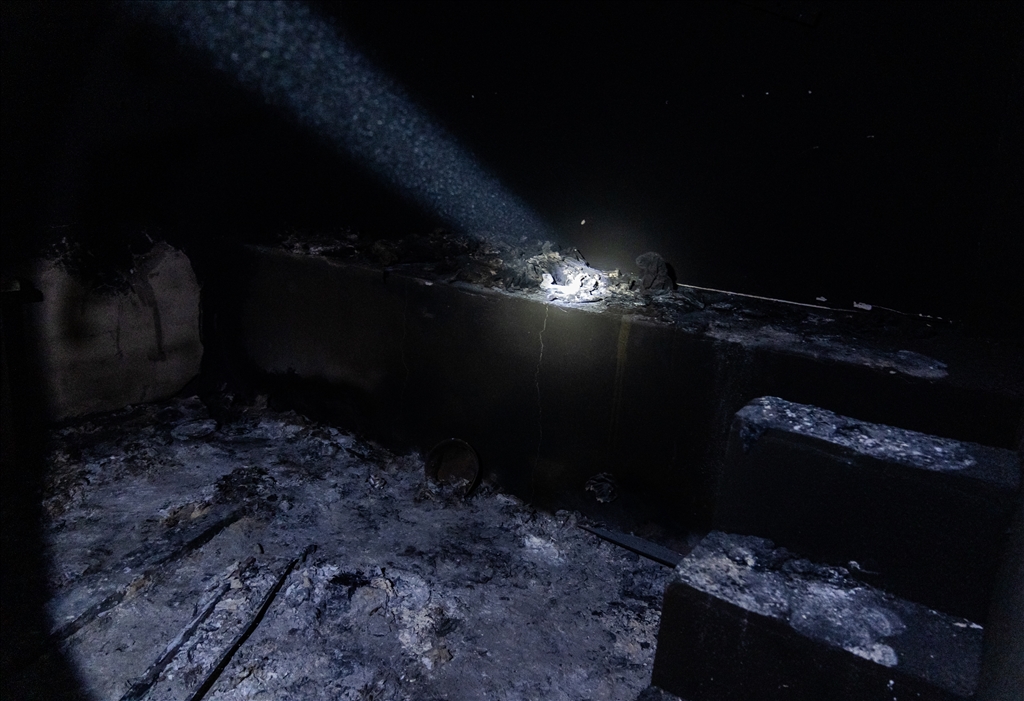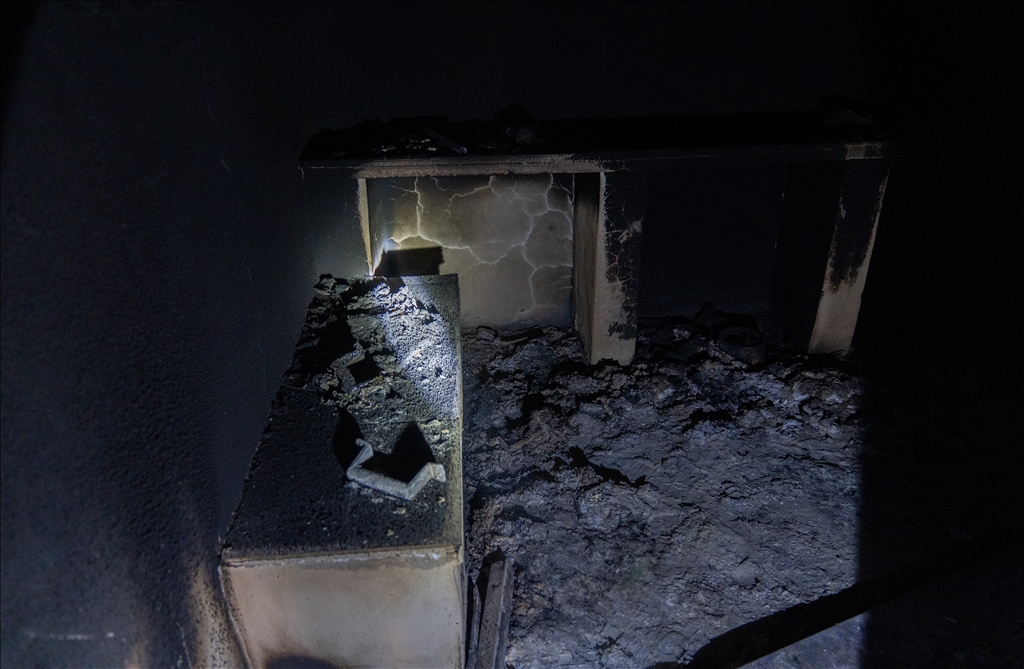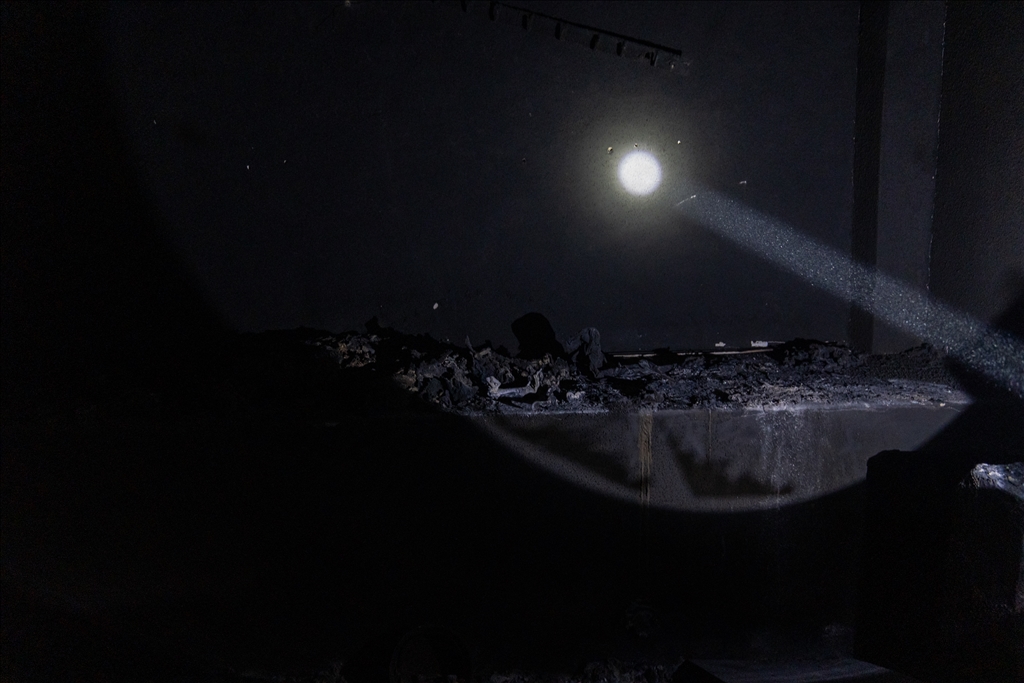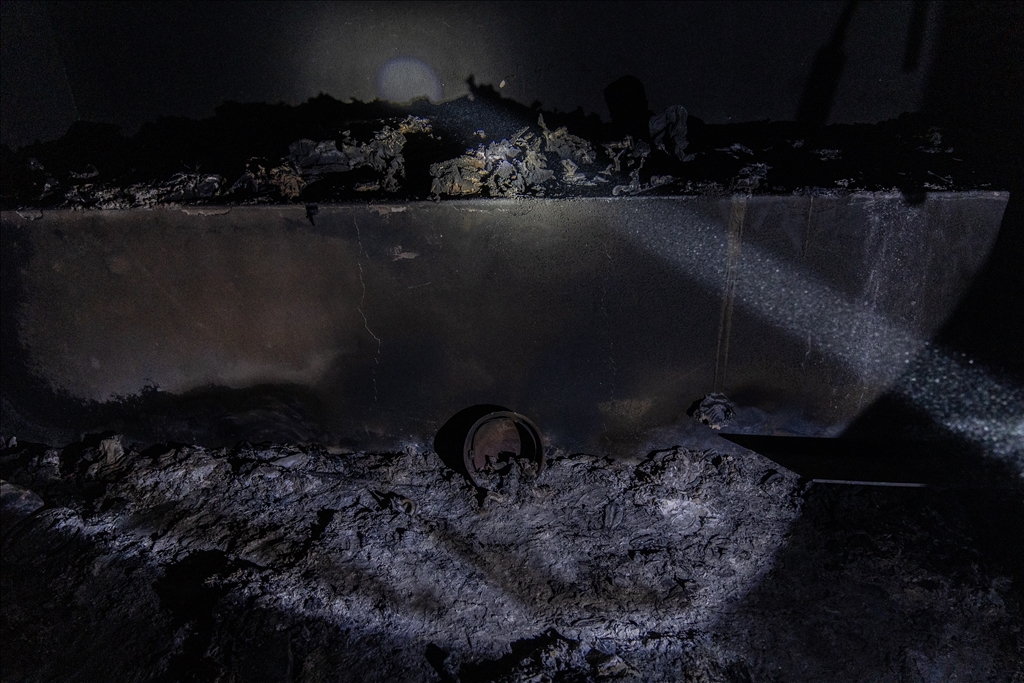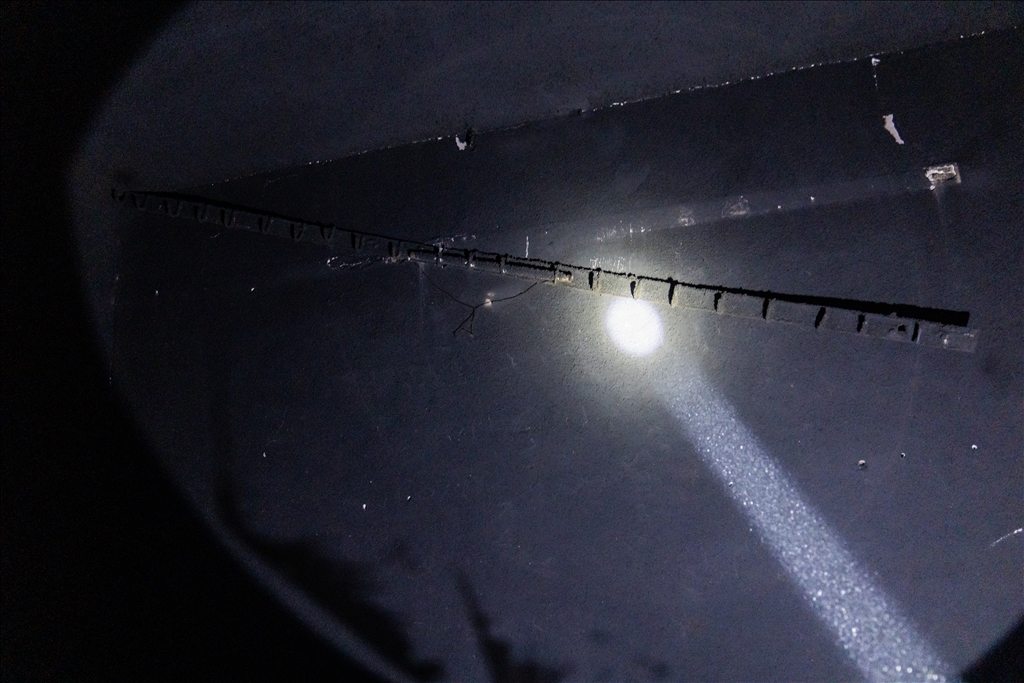Anadolu to document Assad regime's atrocities, 'execution room' in Syria’s Sednaya prison
Yusuf Ozhan, Anadolu’s deputy director general and editor-in-chief, along with his team, identify 'execution room' in Sednaya Prison after 4-hour investigation
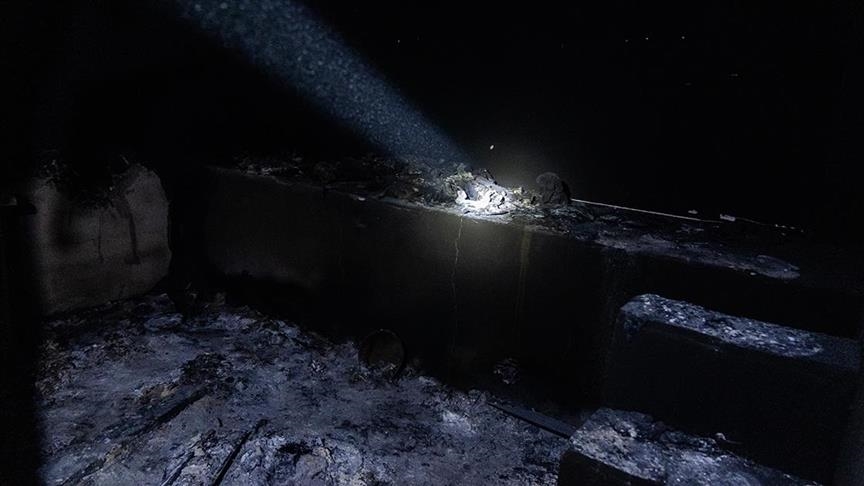
DAMASCUS
Anadolu has identified the "execution room" in Syria’s notorious Sednaya Prison, a place in Damascus where detainees held by the ousted Assad regime were executed.
The collapse of the 61-year Baath regime and the outbreak of the civil war in Syria have brought attention to the prisons where detainees were held, subjected to systematic human rights violations, and tortured.
One such facility is Sednaya Prison, which was under the jurisdiction of the Defense Ministry of the toppled regime.
The prison complex consists of two separate detention facilities known as the "white building" and the "red building."
Prisoners transported to the facility in white trucks, referred to as "meat refrigerators," were subjected to physical violence by prison officials as soon as they arrived at the complex.
According to a report by Amnesty International, most detainees in the "red building" were civilians held since 2011, while the "white building" housed officers and soldiers accused of disloyalty to the regime.
Prisoners were often transferred to these buildings after facing unfair trials in military courts located in the Mezze district of Damascus.
Statements from former prison officials and detainees reveal that since 2011, the majority of those held in the red building were civilians from all segments of society whom the Syrian regime viewed as opponents.

The report indicated that prisoners were taken blindfolded to the execution room located in the southeastern corner of the white building in the dead of night.
They were informed of their death sentences only minutes before their execution.
Their bodies were buried in mass graves near Damascus.
"The size of the 'execution room' was expanded after June 2012, so that more people could be executed at once. What is commonly described by guards and officials as the 'execution room' in fact comprises an open area containing three cells and two smaller rooms, each of which is used for executions," the Amnesty report said.
"There is also a small table in the back left-hand corner of this room where the detainees are ordered to stamp a statement documenting their execution and last wishes. The nooses in this room are tied to a metal pipe that hangs, horizontally, from the ceiling," it added.
"The platform on which the victims stand is made of steel, and it has concrete stairs leading up to it. The platform is 1m high, and its top, a steel plate, is fixed in place with a lock and pin. When the order of execution is given, the pin is removed, which causes the platform to swing down and the victims to fall downward," it said.
Anadolu captures images of execution room in Sednaya
Yusuf Ozhan, Anadolu’s deputy director general and editor-in-chief, along with his team, identified the "execution room" in Sednaya Prison after a four-hour investigation based on leaked prison information and sketches included in international human rights reports.
The examination also included the infamous "white building" within the prison complex.

The team entered through a charred door in the southeastern section of the white building, descending down three or four steps of stairs.
Turning right, they identified an area where three cells, previously depicted in sketches, had been removed and converted into a ward.
The interior and bunks were severely burned.
The Anadolu team found compelling evidence aligning with international reports that this room served as an execution site where prisoners were hanged.
Two platforms and the stairs leading to them, described in detail in human rights diagrams, remained intact.
The platforms, accessed via three steps and large enough for a few individuals, were reportedly used for executions.
Execution officers would pull on prisoners’ bodies, breaking their necks to hasten death after they were hanged from the ceiling.
"Sednaya Prison is infamous as one of the locations where the Assad regime committed some of its gravest crimes against humanity," Ozhan said.
"It is known that the regime has disappeared here thousands of people in the last 14 years and exercised mass execution," he added.

Anadolu to document atrocities in Sednaya
Ozhan emphasized Anadolu's commitment to documenting the atrocities at Sednaya Prison since the fall of the regime, aiming to inform the public and raise awareness about the horrors that took place.
He added that interviews have been conducted with individuals who were detained there or lost loved ones in the prison.
"There are still visible details that expose the immense suffering and unimaginable torture inflicted on political detainees and prisoners here."
"As Anadolu, we have launched a dedicated project to document the injustices that occurred in Sednaya Prison."
Ozhan noted that numerous collaborations with international organizations are underway to trace the evidence of the atrocities at Sednaya.
He added that Anadolu plans to create a comprehensive record of the events at Sednaya, similar to its documentation of Israel's war crimes in Gaza through its The Evidence and Witness documentary and books.

*Writing by Muhammed Enes Calli in Istanbul
Anadolu Agency website contains only a portion of the news stories offered to subscribers in the AA News Broadcasting System (HAS), and in summarized form. Please contact us for subscription options.
